
Copernical Team
Jeff Bezos's Blue Origin heads back to space in critical launch
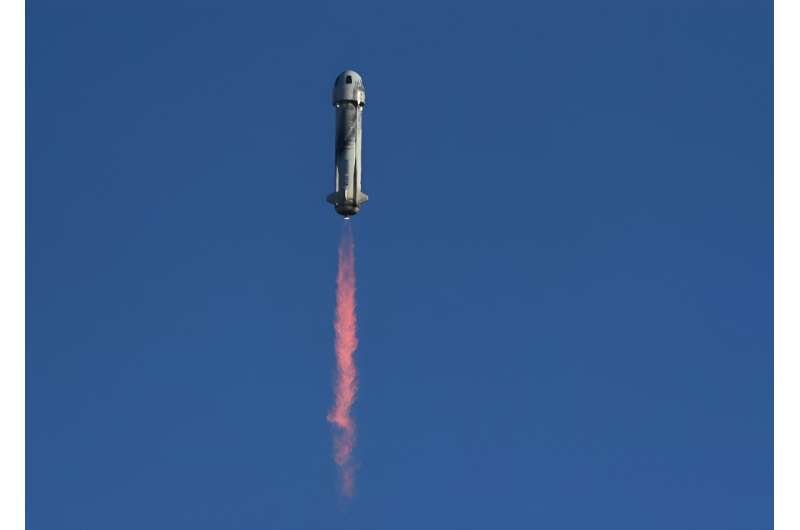
Blue Origin is set Monday to launch its New Shepard rocket for the first time since an uncrewed crash more than a year ago, a mission that is critical in reviving the fortunes of Jeff Bezos' space company.
Cold weather at the launch site near Van Horn, Texas, pushed back the takeoff window, which now starts at 9:30 am local time (15H30 GMT), Blue Origin said on X, formerly Twitter.
Though the rocket will carry a payload of science experiments, not people, mission NS-24 must succeed before Blue Origin can return to taking wealthy thrill-seekers to the final frontier.
On September 12, 2022, a Blue Origin rocket became engulfed in flames shortly after launch. The capsule, fixed to the top of the rocket, successfully initiated an emergency separation sequence and floated safely to the ground on parachutes.
The accident prompted a year-long probe by the Federal Aviation Administration (FAA), which found it was caused by the failure of an engine nozzle that experienced higher-than-expected engine operating temperatures.
NASA's BurstCube passes milestones on journey to launch
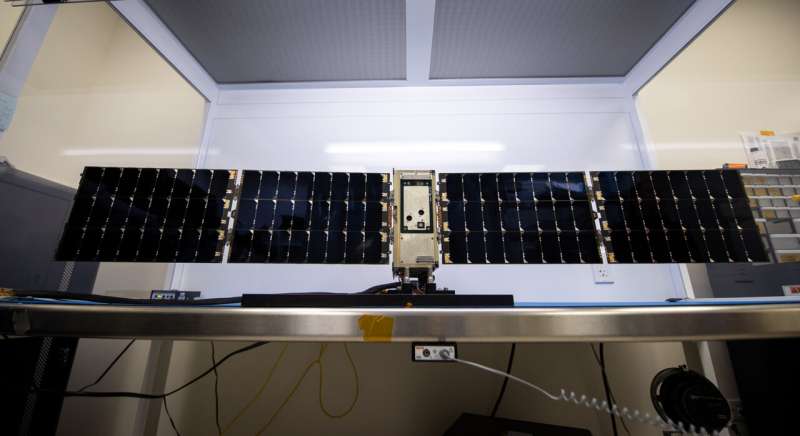
Scientists and engineers at NASA's Goddard Space Flight Center in Greenbelt, Maryland, have completed testing for BurstCube, a shoebox-sized spacecraft designed to study the universe's most powerful explosions. Members of the team have also delivered the satellite to their partner Nanoracks (part of Voyager Space) in Houston, Texas, where it will be packed for launch.
Photonic crystals could be exactly what Breakthrough Starshot is looking for
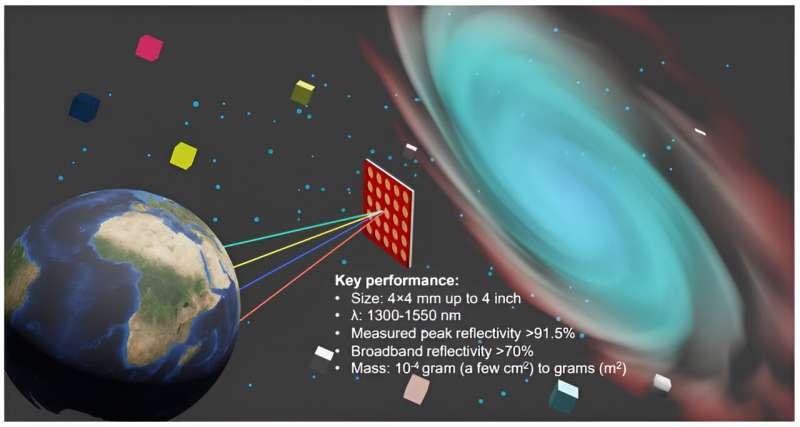
Light sail technology is a fascinating concept and a step change in rocket propulsion. It may not be big and impressive like the Saturn V, the Space Shuttle or the new Starship rocket but when it comes to traveling among the stars, light sails could just be the answer.
Jeff Bezos' Blue Origin pushes back return to space

Blue Origin on Monday postponed its long-awaited return to space, citing technical reasons and promising to try again later this week.
Jeff Bezos' space company has not launched a rocket since an uncrewed September 2022 crash placed its program on hold while it carried out fixes and awaited regulatory approval.
The company finally announced a December 18 launch from its base near Van Horn, Texas. But on the day itself it first pushed back the takeoff window because of cold weather, then declared it was off.
"We're scrubbing #NS24 today due to a ground system issue the team is troubleshooting. We'll provide a new launch target for this week soon," Blue posted on X, formerly Twitter.
Though the rocket will carry a payload of science experiments, not people, mission NS-24 must succeed before Blue Origin can return to taking wealthy thrill-seekers to the final frontier.
On September 12, 2022, a Blue Origin rocket became engulfed in flames shortly after launch.
Shining a light on NASA’s deep space demo
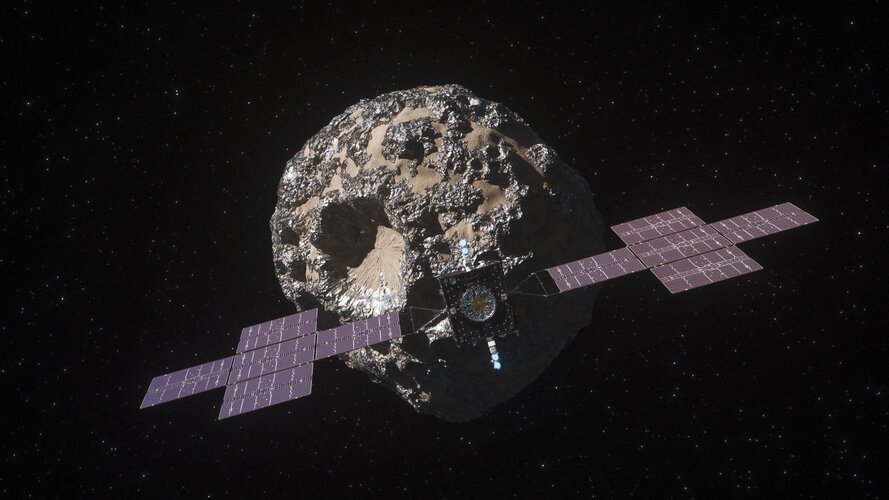
Competition: developing Europe's space cargo return service
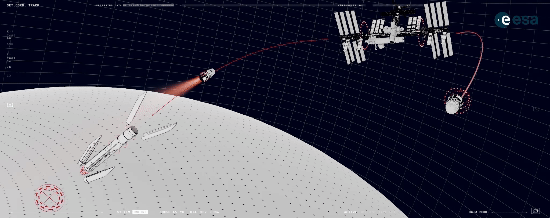
ESA is launching a competition which initiates a first phase of activities for European companies to eventually demonstrate a complete cargo delivery service to and from space stations in low-Earth orbit by 2028.
2023: ESA's year in space
 Video:
00:08:22
Video:
00:08:22
2023’s highlight was the highly anticipated launch of Juice, Europe’s Jupiter Icy Moon Explorer. The Juice spacecraft was placed on course to Jupiter on the second-to-last Ariane 5 launch vehicle in April. After an eight-year journey, Juice will begin observing the giant gas planet and its three large ocean-bearing moons – Ganymede, Calisto and Europa.
The Euclid space telescope was launched in July with the aim of unravelling the enigmas of ‘dark matter’ and ‘dark energy’. Euclid’s first images were released in November, revealing razor-sharp astronomical images with detail never before seen by a telescope across such a
Webb rings in the holidays with the ringed planet Uranus
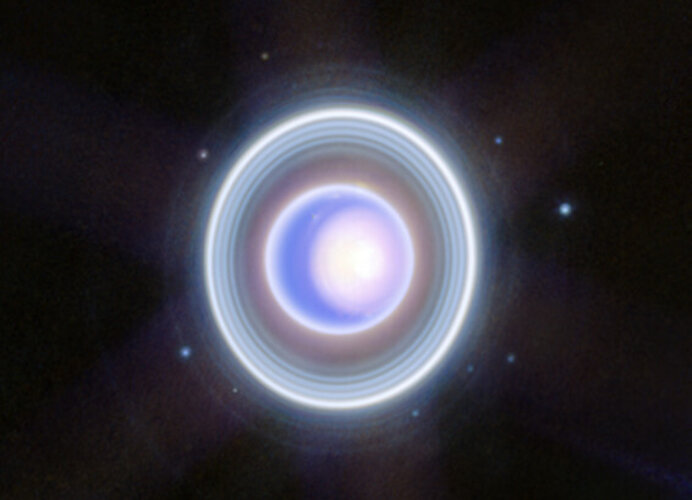
The NASA/ESA/CSA James Webb Space Telescope recently trained its sights on weird and enigmatic Uranus, an ice giant that orbits on its side. What Webb found is a dynamic world with rings, moons, storms and other atmospheric features – including a seasonal polar cap. The image expands upon a two-colour version released earlier this year, adding additional wavelength coverage for a more detailed look.
New instruments for Galileo’s tomorrow

Galileo Second Generation is on the way with new and enhanced navigation satellites that will offer novel signals, services and even more precise positioning. But all the work being done to make it happen hinges on this single item at ESA’s Navigation Laboratory at ESTEC. The G2 test user receiver is designed to quantify the improvements the Second Generation will bring compared to current satellite navigation systems and will be used to verify the performance of early receivers processing the first G2 signals in space.
Inventor of air conditioning helped chill NASA wind tunnels
 Global tensions were high in the fall of 1941 as U-boats harassed ships in the Atlantic and German forces pushed deep into the Soviet Union. There was a critical need for the United States to get the National Advisory Committee for Aeronautics (NACA)'s new engine laboratory (today, NASA's Glenn Research Center) in operation as soon as possible. It was especially important to complete its Altitud
Global tensions were high in the fall of 1941 as U-boats harassed ships in the Atlantic and German forces pushed deep into the Soviet Union. There was a critical need for the United States to get the National Advisory Committee for Aeronautics (NACA)'s new engine laboratory (today, NASA's Glenn Research Center) in operation as soon as possible. It was especially important to complete its Altitud 
































